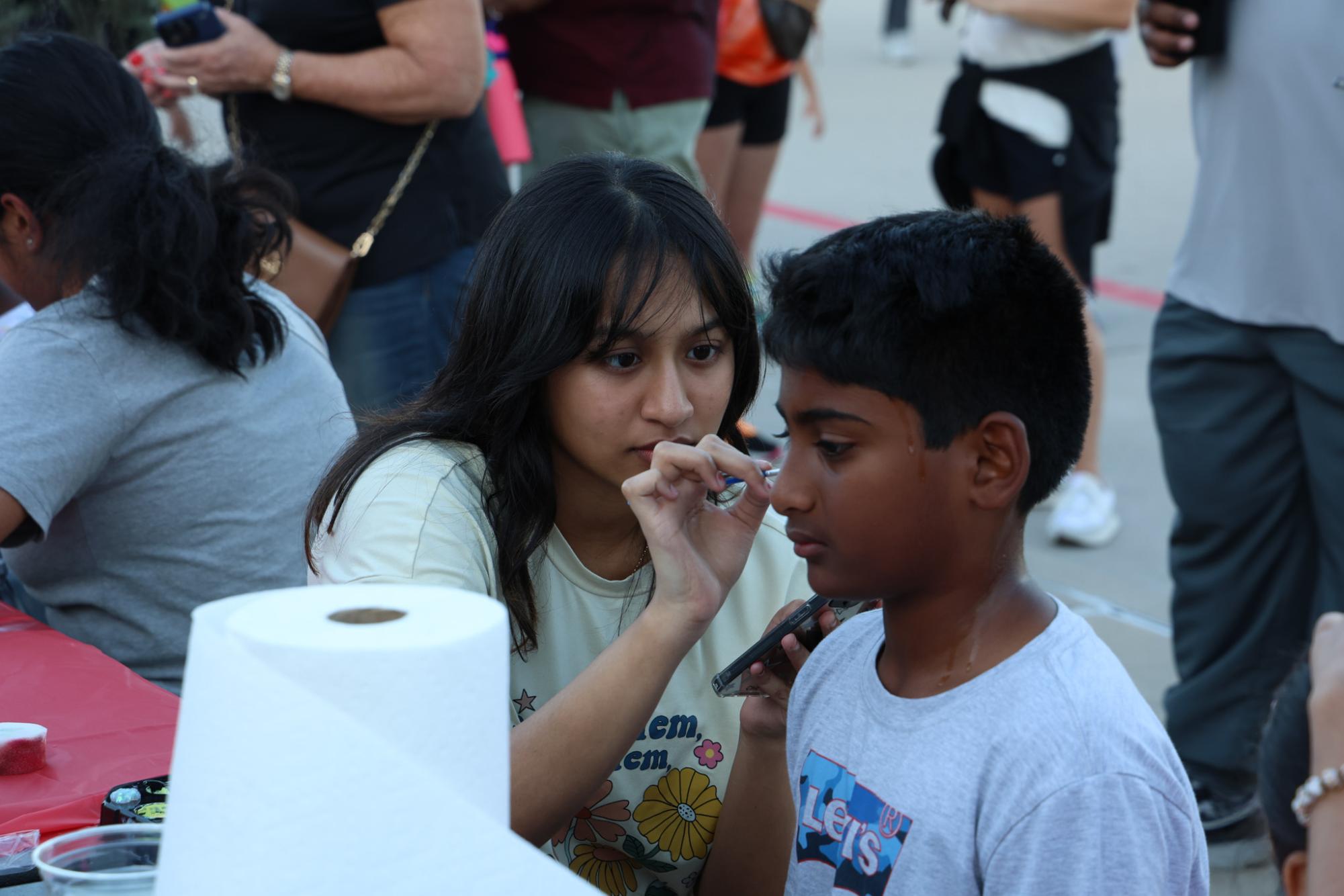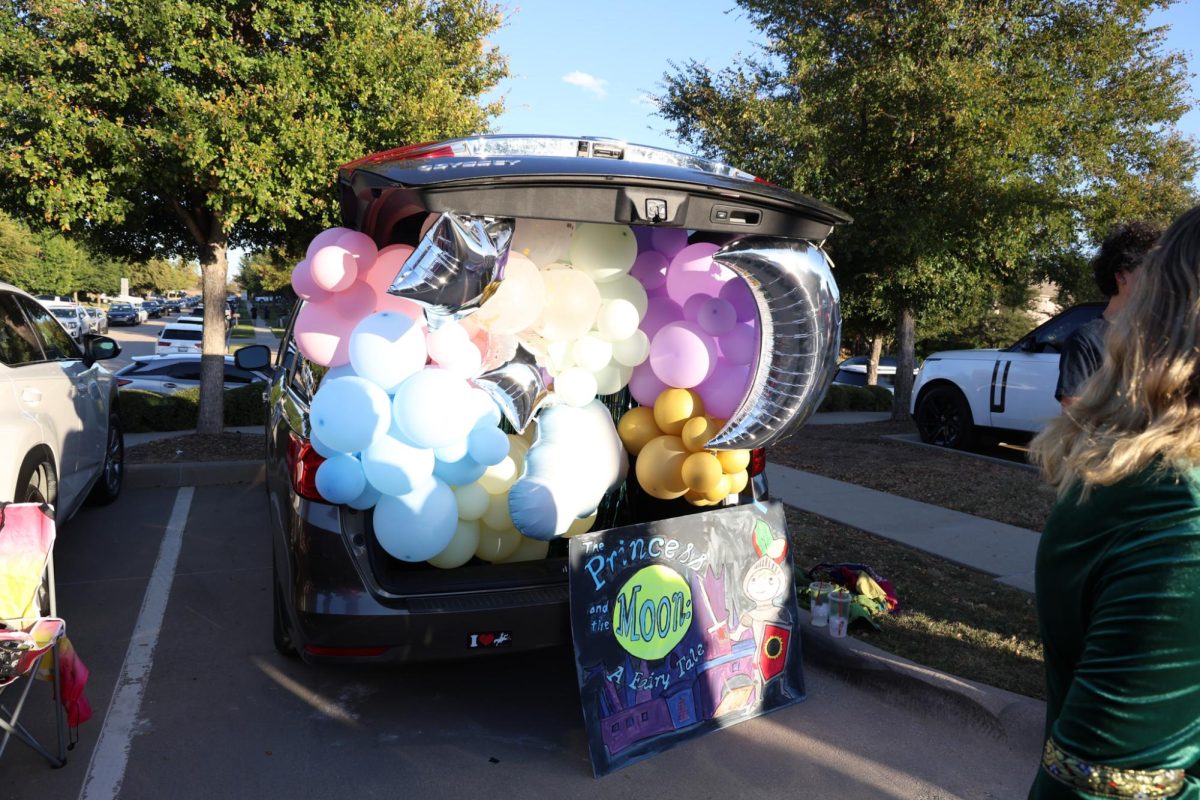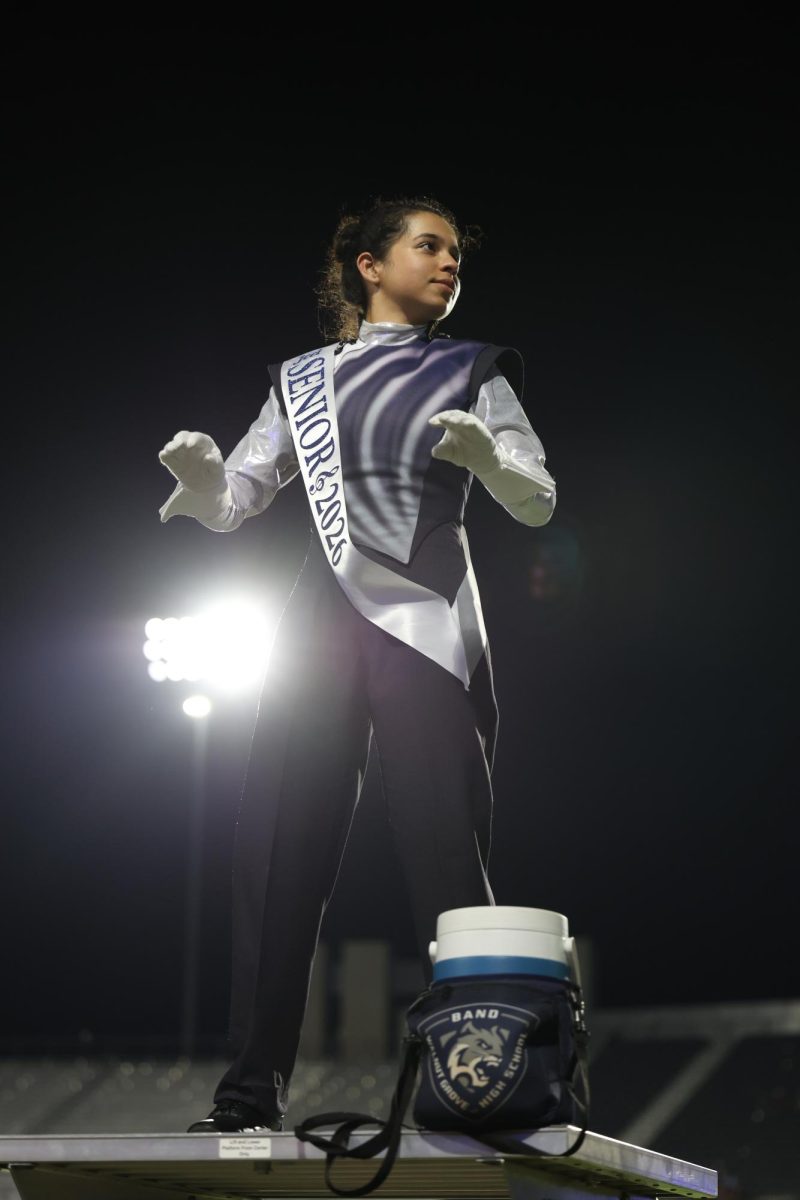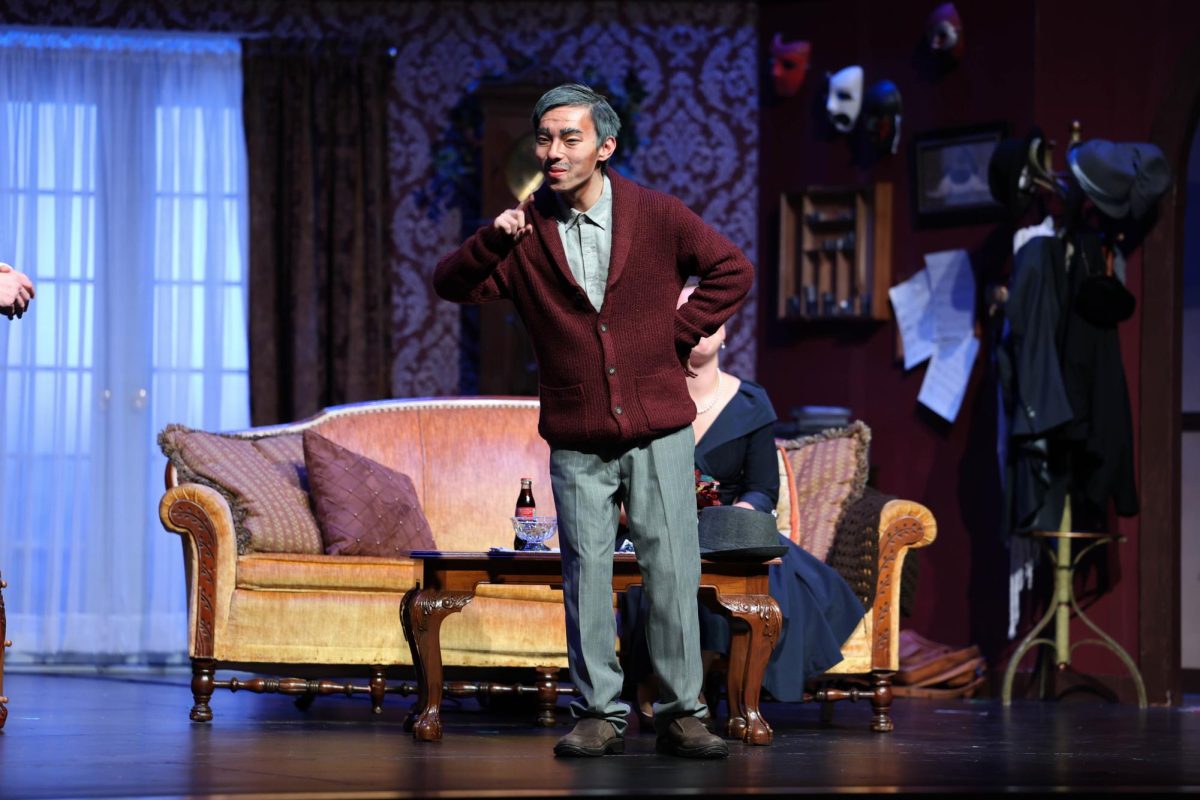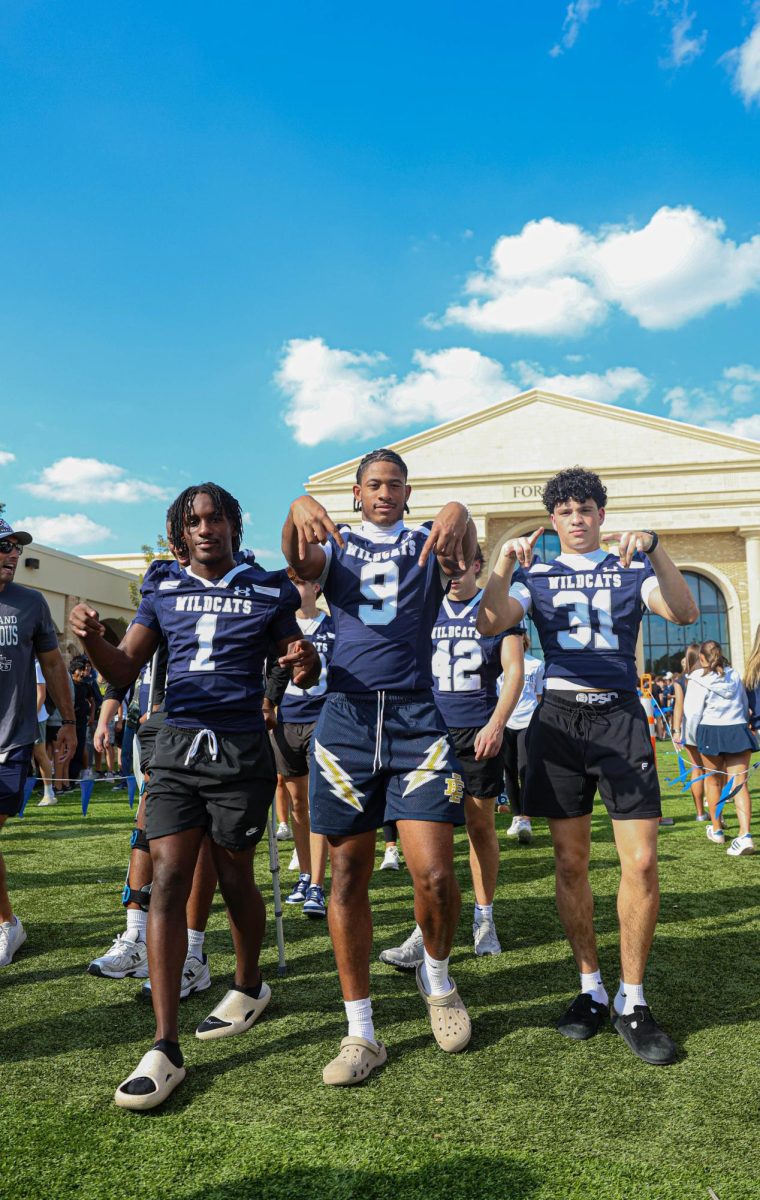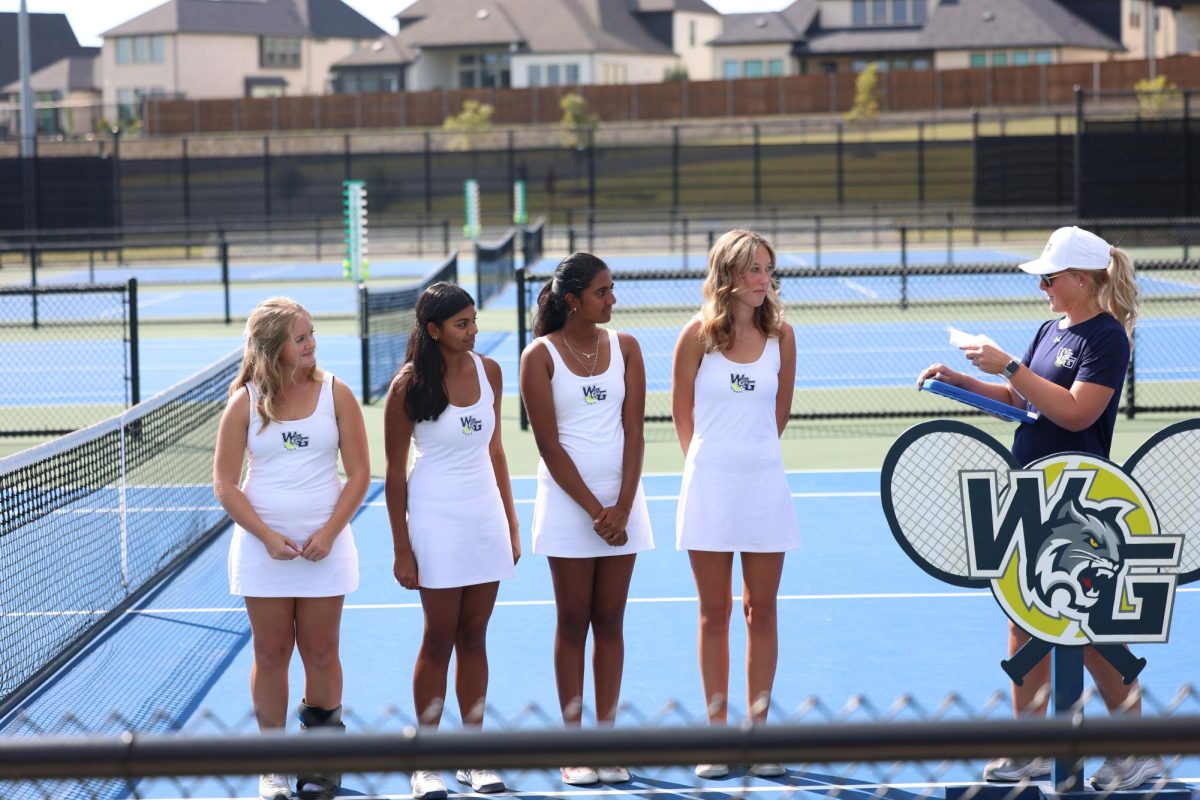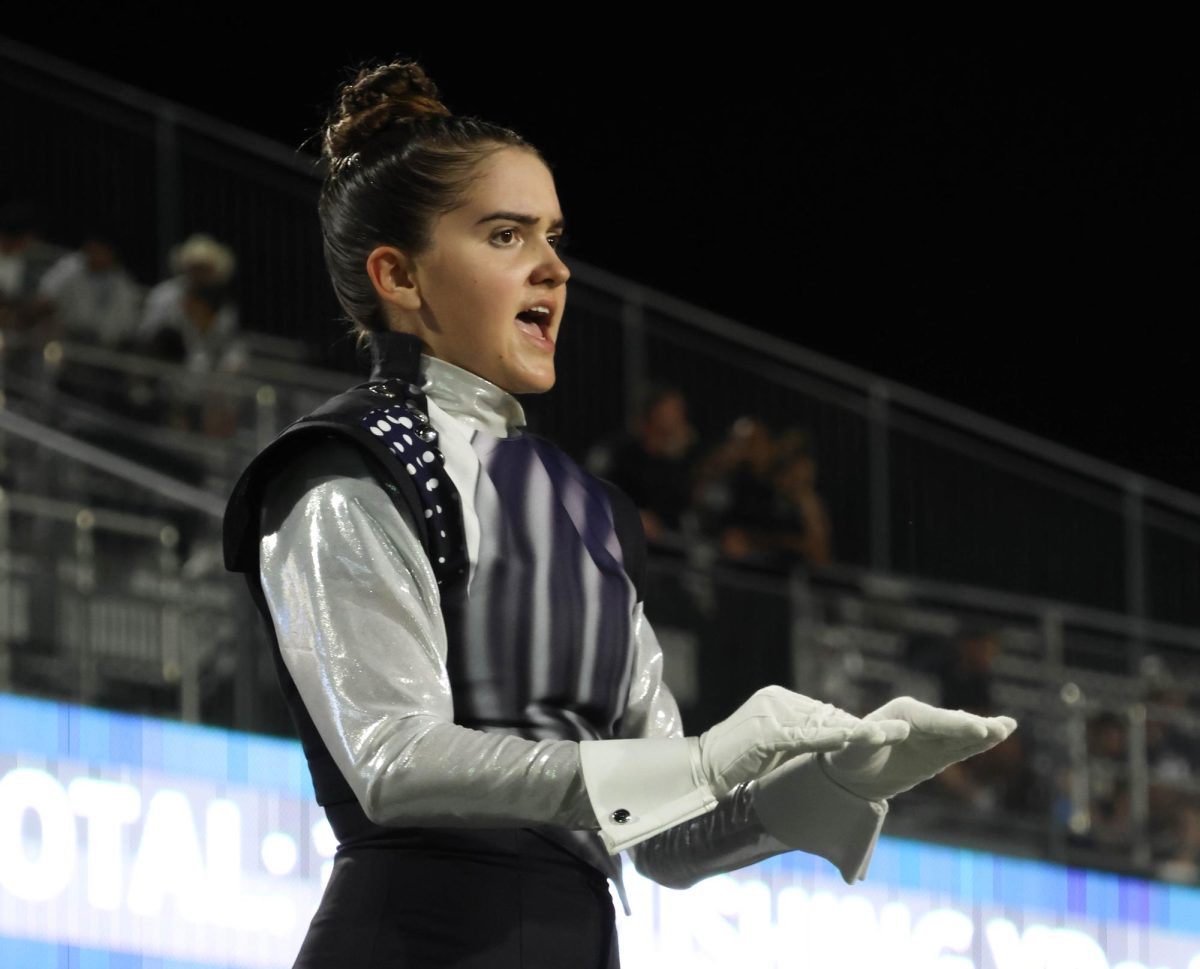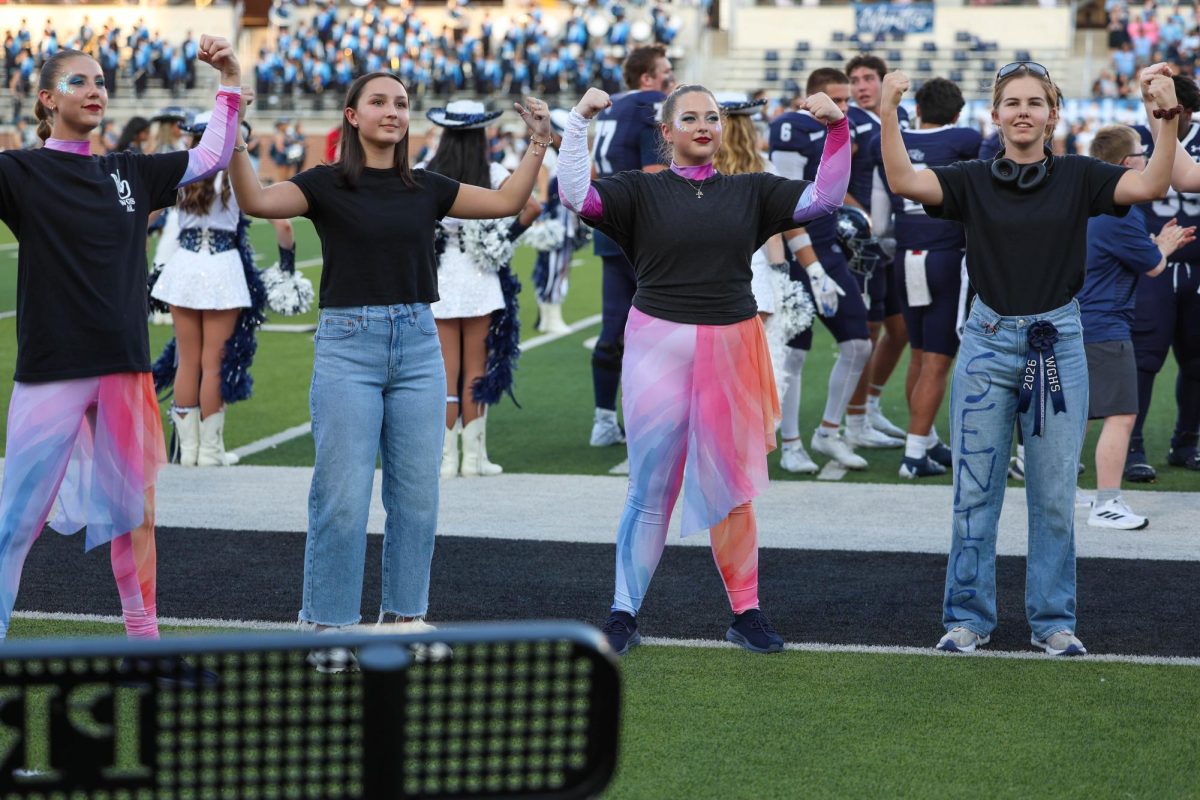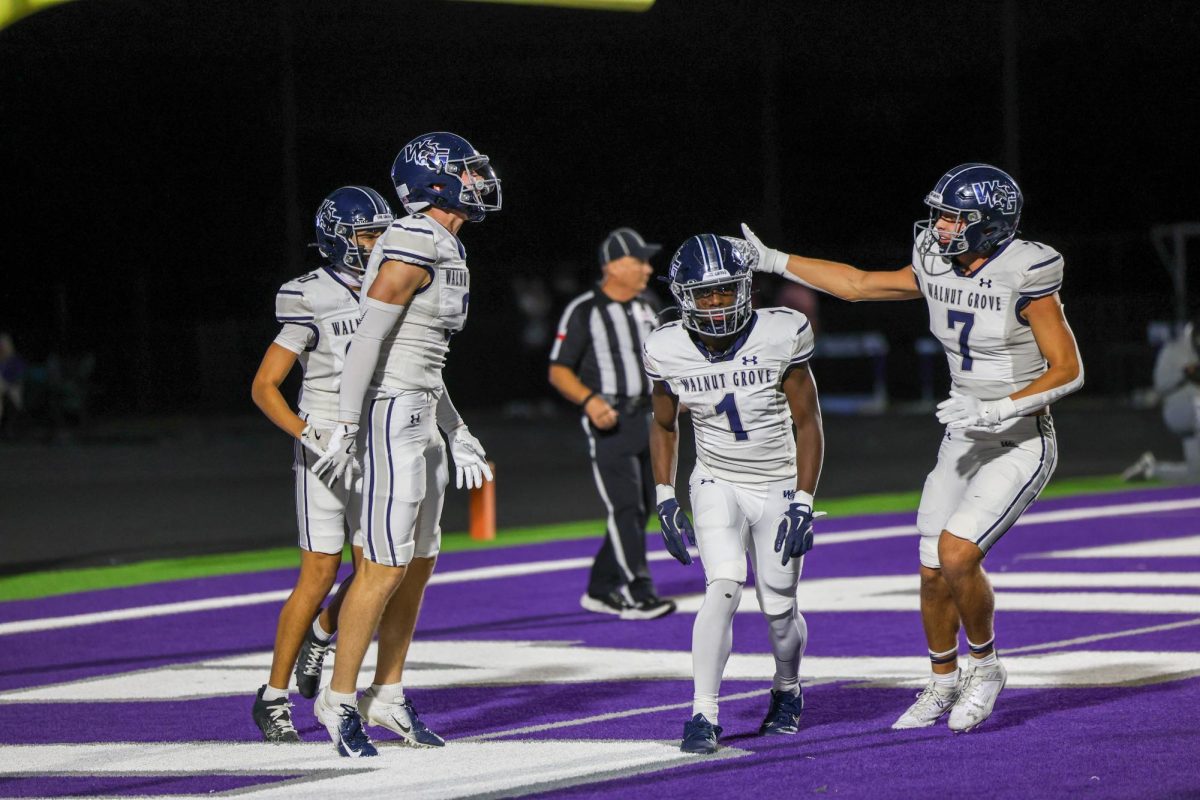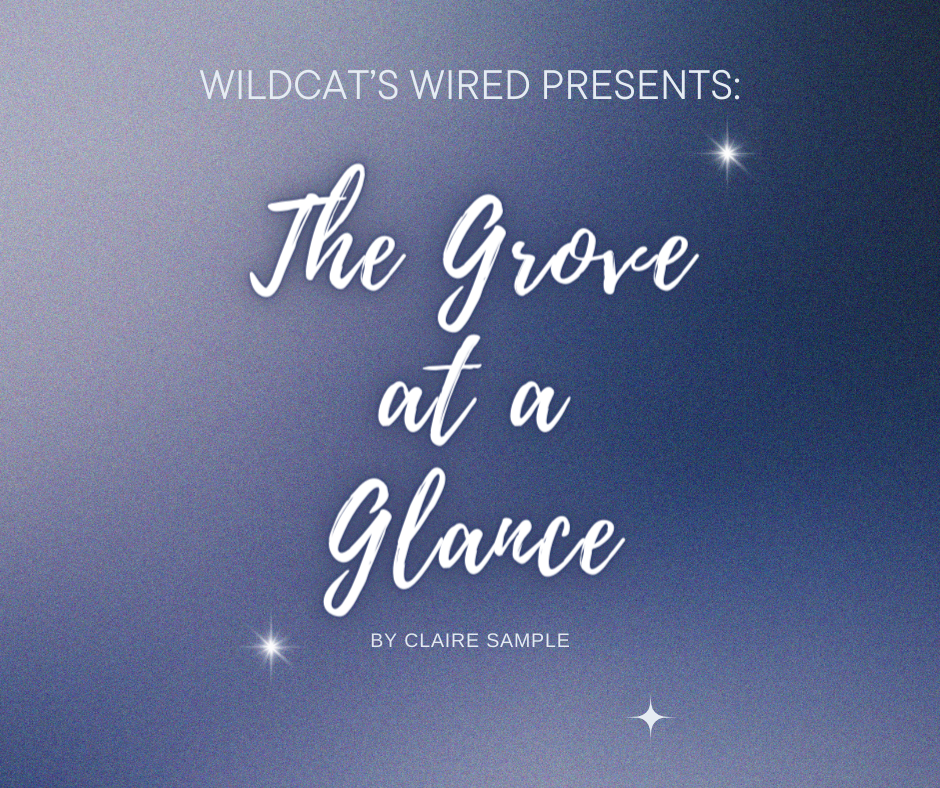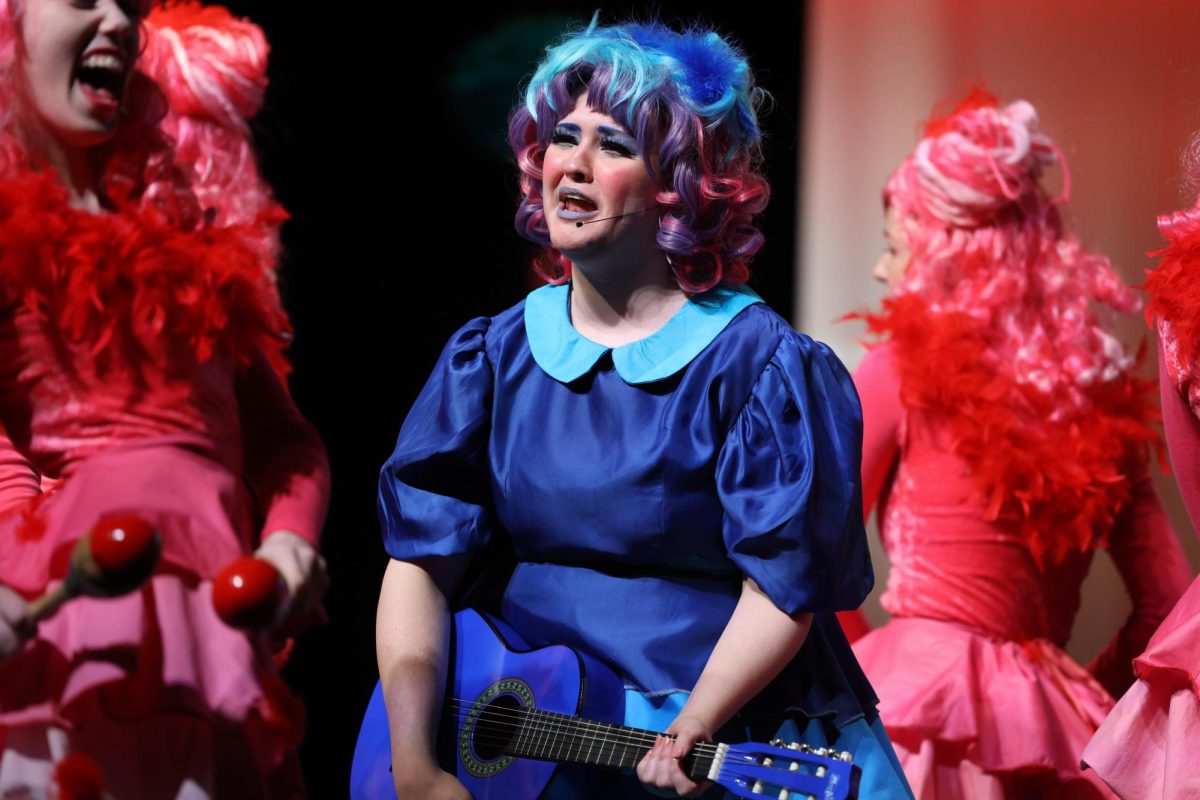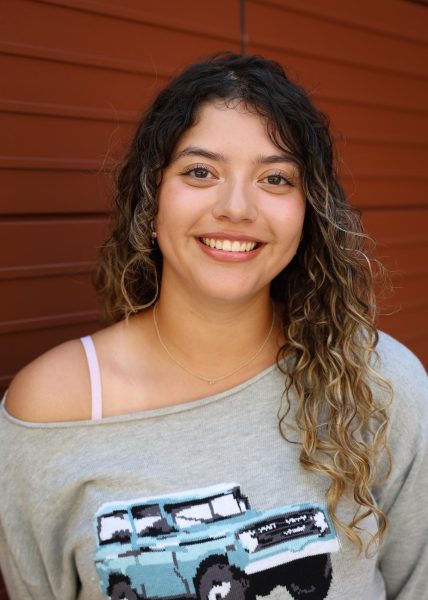As the crisp autumn air begins to set in and shadows begin to grow long, Halloween emerges- a night filled with spooky frights and candy delights. But this celebration of costumes, candy, and carved pumpkins stretches over two millennia.
Join me on my journey through time to uncover the fascinating origins of Halloween and how this ritual transformed into a holiday celebrated around the globe.
Halloween’s origins date back to the ancient Celtic festival of Samhain. The Celts, who roamed the earth 2,000 years ago, celebrated their new Year on Nov 1. This marked the end of the summer harvest and the beginning of the cold winter, a time associated with death.
The Celts believed that on the night of the new year, the lines separating the living and the dead would blur, allowing spirits to roam the night. Celts believed that the re-emergence of spirits caused trouble and damaged crops. However, the ghosts helped the Druids, Celtic Priests, make predictions about the future.
To commemorate the event, Druids built sacred bonfires where people would gather to burn crops and animals as a sacrifice to Celtic deities. During the celebration, Celts wore costumes resembling animal heads and skins and attempted to tell each other their fortunes.
When the fire eventually burned out and the celebration ended, the people would relight the bonfire to protect themselves for the upcoming winter season.
By AD 43, the Romans had captured most of the Celtic empire. Over the course of 400 years, two Roman traditions and the Celtic holiday of Samhain merged.
The first tradition was called Feralia, a day in which Romans honored the passing of the dead. The second was Pomona, the Roman goddess of fruit, apples, and trees. The incorporation of this celebration into Samhain can be linked to the bobbing for apples activity we have come to know and love.
By the 9th century, Christianity’s influence had spread into Celtic land, where it blended with older Celtic rituals. In AD 1000, the Church declared November 2nd All Souls Day, a day meant to honor the dead. All Souls Day was celebrated similarly to Samhain with large bonfires, parades, and costumes consisting of angels, devils and saints.
All Souls Day was also called All Saints Day, All-Hallows or All-Hallowmas and the traditional Celtic holiday, Samhain, was later renamed All Hallows Eve and eventually crowned Halloween.
The celebration of Halloween was limited to New England because of protestant beliefs. Halloween was more common in Maryland and the other southern colonies.
As customs and beliefs of different colonial regions and Native Americans began to meld, a distinctly American version of Halloween was born. Earlier festivities included parties held to celebrate the harvests, share stories of the dead, and dance and sing.
Despite the growing prevalence of Halloween, it was still not celebrated throughout the country. However, during the end of the 19th century, America was flooded with Irish and German immigrants, especially the Irish, who helped popularize Halloween.
Today, Halloween is a vibrant blend of spooky, creative, and community. From elaborate costumes to haunted houses and trick-or-treating, the holiday brings people together in joyful fun.
Prosper has added to the already exciting holiday. On October 24, Cockerell Elementary held a Trunk or Treat, a tradition practiced throughout the town of Prosper. Many clubs, such as SNHS and Theater, participated in the event, helping make it a special time for the elementary students.
The history of Halloween is a jovial occasion where everyone can embrace the spooky and the unknown- all while honoring the history that makes it so special.



